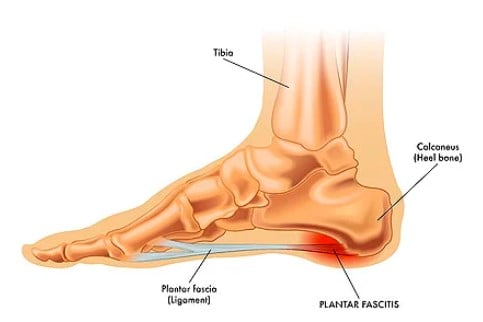“It’s Controlled Chaos”: Inside the Realities, and Rewards, of DIII Athletic Training

Athletic Trainers know the rhythm: early mornings, late nights, taped ankles, rehab protocols, endless questions, and the hum of a clinic running on caffeine and trust.
 But for Lorenzo Craig, assistant Athletic Trainer at Pacific University, the chaos is worth it.
But for Lorenzo Craig, assistant Athletic Trainer at Pacific University, the chaos is worth it.
“The smiles on their faces when they return to play… that’s what puts a smile on my face,” Craig says. “Anywhere you go, that will happen—which is why I chose this profession.”
Craig, now in his fifth year as a certified Athletic Trainer, found his calling during an undergraduate internship with Arizona State University’s football team. That hands-on experience cemented his path—one that’s now led him to the heart of DIII athletics, where nearly 40% of Pacific’s students are athletes.
With fewer full-time Athletic Trainers than most D1 programs (4 versus an average of 9.4), communication and efficiency are not just best practices—they’re lifelines.
“The career of Athletic Training is chaotic in nature,” Craig admits. “The best way to mitigate that is with order wherever we can.” From scheduling ahead to prioritizing clear communication—“I’d rather hear it all than guess the in-between”—his team keeps the clinic running like a “well-oiled machine.”
Craig's typical day includes pre-practice prep, rehab sessions, soft tissue work, taping, and teaching.
“We usually work six to eight hours a shift, but that stretches with games and travel,” he notes.
Even with the demands, he’s energized by the purpose behind the job.
For those in the AT world, Craig’s story might feel familiar—but it’s a powerful reminder of why this work matters.
“We do it for the athletes,” he says simply. And at schools like Pacific, that dedication is everything.
Read the full story to see how small staff, big heart, and smart strategy keep this DIII clinic thriving.
![HR Logo [Recovered]_Full Color Vertical-1](https://blog.healthyroster.com/hs-fs/hubfs/HR%20Logo%20%5BRecovered%5D_Full%20Color%20Vertical-1.png?width=199&height=178&name=HR%20Logo%20%5BRecovered%5D_Full%20Color%20Vertical-1.png)
 By
By

